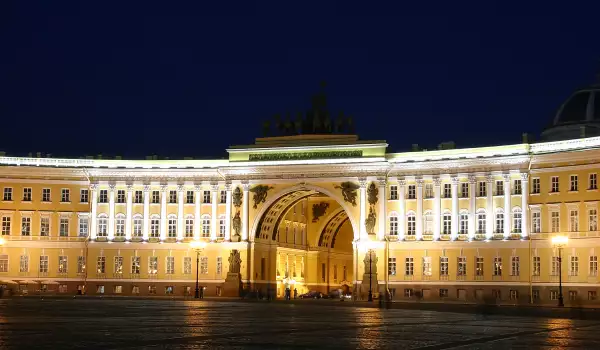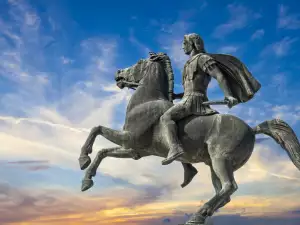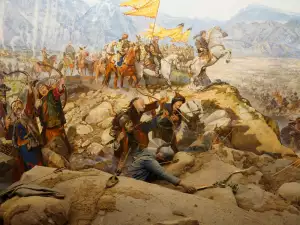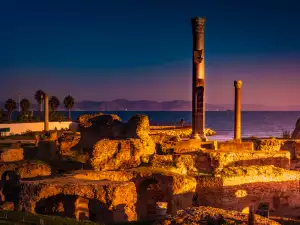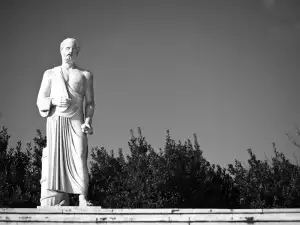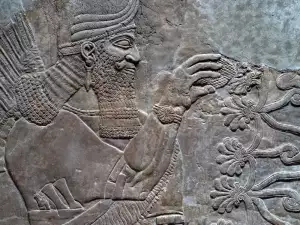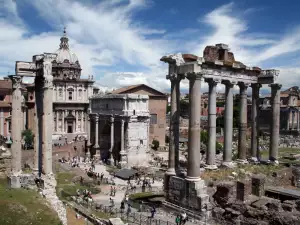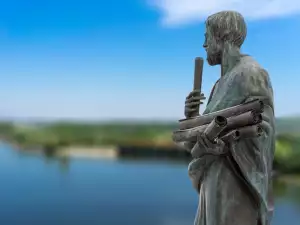Peter Alekseevich was the only son of the second marriage of Tsar Alexei Romanov. From his first marriage Tsar Alexei had 13 children, but only Fedor and Ivan outlived him. After Fyodor III died, the two wives of Tsar Alexei rose into a struggle for power.
The nobles set Peter to the throne. A sister of Peter and Ivan’s, Sofia disagrees with the decision and organized a rebellion, after which they took power and elected John and Peter for tsars. In 1682, Tsar Peter took power.
In the history of Russia, Tsar Peter I the Great is one of the most beloved and respected rulers - he took the country over in a very difficult year. Russia had lived in the Middle Ages , while Western Europe flourished in every respect. In 1697-1698, Peter I travelled to Western Europe.
Hidden behind the name Pyotr Mikhailovich, he toured Europe and worked in the Netherlands and England . He was able to visit and see many places - seen many museums, arsenals, factories. In such a short time, he learned much about Western culture.
When in 1698 Tsar Peter returned to Russia, he began to make many reforms and Russians were sent to study in Western Europe, he employed many professionals from foreign countries to help make Russia a modern state. Not long after, the reforms gave the desired result - the bourgeoisie became influential, they developed trade and industry, as well as cities.
The Russian Army was built on an European model, paying particular attention to the social aspect, he reorganized the church and was able to control it. He was able to teach and encourage citizens (through various decrees) to live, dress and act by the European model.
Russia's first newspaper appeared during his reign. To achieve these results, he required an increase in taxes, causing discontent among citizens and for that several rebellions broke out. Peter managed to suppress them.
Her drew attention to Russia's foreign policy - during his reign the country fought two wars - in Turkey (south) and Sweden (north). After long battles and a series of successes and failures, he suffered defeat to Turkey, but in the war with Sweden, managed to take over a large area. Thanks to this victory, Russia got access to the Baltic Sea. As part of the territories taken from Sweden, Peter the Great established the city St. Petersburg, which became the capital in 1712.
He declared himself Emperor Peter the Great and is one of the greatest Russian rulers. He continued his reforms throughout his rule. He remained the head of Russia until his death, then the throne was taken by his second wife, Catherine I.
